I am looking for a simple algorithm to detect if the area of an aabb overlaps with the area of an arc (closed by the cord) or a pie (closed through the circle's center).
I already found this answer: Intersection of rectangle and circle (or arc)
But it is not quite what I am looking for because I am not interested in the intersection points of the shapes' outlines but just want to know if the areas overlap.
Eg the case that a very small AABB contains only the center of the pie but the AABB's edges do not intersect the pie's circle would not be covered in the linked answer. Likewise the case that the arc completely contains the the AABB and the AABB's sides do not even intersect the cord would not be covered.
Now before I start reinventing the wheel I would like to ask if there is a known algorithm for such an overlap check.
One example of AABB-Sector:


